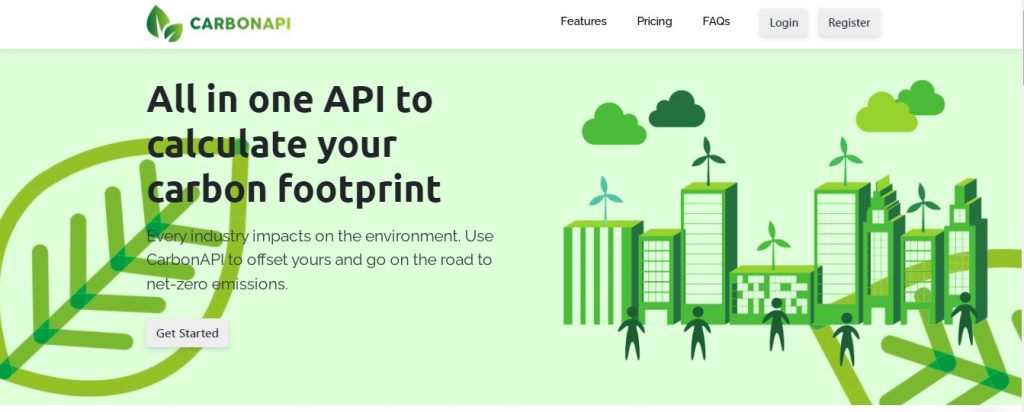If you are planning an event, you can take the initiatives to make it carbon neutral. You should begin by calculating its carbon footprint of it, using an API.
Events are a crucial aspect of industrial collaboration, yet they produce a large amount of CO2. The 2018 UN Climate Change Conference, for example, is projected to have released roughly 55,000 tons of CO2, not including transport emissions from its more than 30,000 attendees. Fortunately, several technologies are now available to assist quantify, decreasing, and mitigating the carbon impact of events.

When assessing the emissions connected with an event, four major factors must be considered: transport, lodging, venue, and food. To compute GHG emissions from travel, split your guests into groups such as long-haul flight, short-haul flight, bus, rail, or vehicle journey, and tally emissions depending on the number of kilometers traveled. According to some estimates, travel may account for up to three-quarters of an event’s carbon impact, making it the most significant offender.
Most visitors, on the other side, stay in hotels, however, there are some changes in carbon emissions depending on the kind of hotel (a 5-star hotel tends to have a larger footprint than a 1-star hotel). Fortunately, the hotel industry has achieved tremendous progress in terms of energy efficiency: GHG intensity per square meter in hotels globally reduced by more than 6% between 2017 and 2019.
The carbon footprint of a venue is determined by its size, energy usage, and the kind of power used. Inquire with your venue provider about the ratio of conventional vs renewable energy sources, and remember to factor in the season of your event when estimating energy use.
Become Neutral: Where to Begin?
You want to remain neutral right now after reading all of this information. And it’s not easy since it includes activities like switching to renewable energy, taking low-cost or short-distance flights, booking neutral accommodations, and other compensatory actions.
Nonetheless, the best place to begin is by calculating your carbon footprint. You may create it by utilizing a carbon calculator API and entering information such as your energy or transportation consumption. You may track how your ecological footprint decreases when you take action by updating this information in the API.
CarbonAPI may be used to do this. Is the greatest calculator API for this function, and it is really simple to use. However, because it works in PHP, Python, and JSON, you can quickly incorporate it into your page or app to share your ecological footprint with your company and audience.

More Information on CarbonAPI
Calculating is the first step in launching an environmental effort. It will assist you in considering projects to offset your environmental impact. CarbonAPI is an online carbon footprint calculator that is updated in real-time. It might help you figure out which of your company’s procedures uses the most energy or resources. It assists you in reducing your environmental effect to enhance the environment.
It also motivates you to start your own eco-friendly business. You may support environmental projects and share your excellent work with the rest of the globe by using the data provided by Carbon API.

